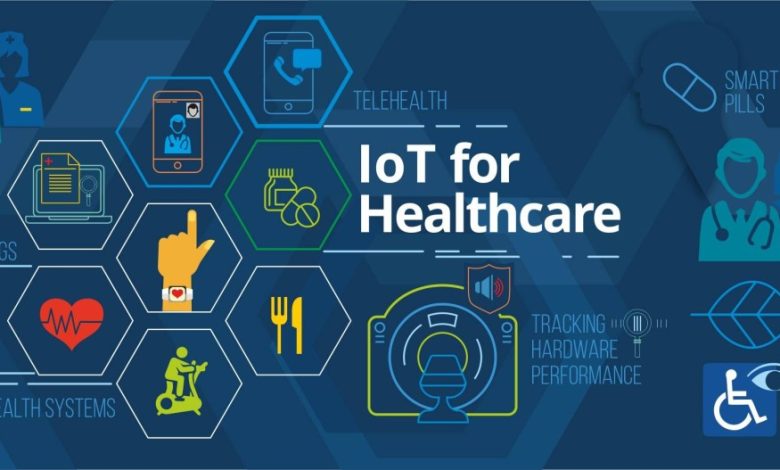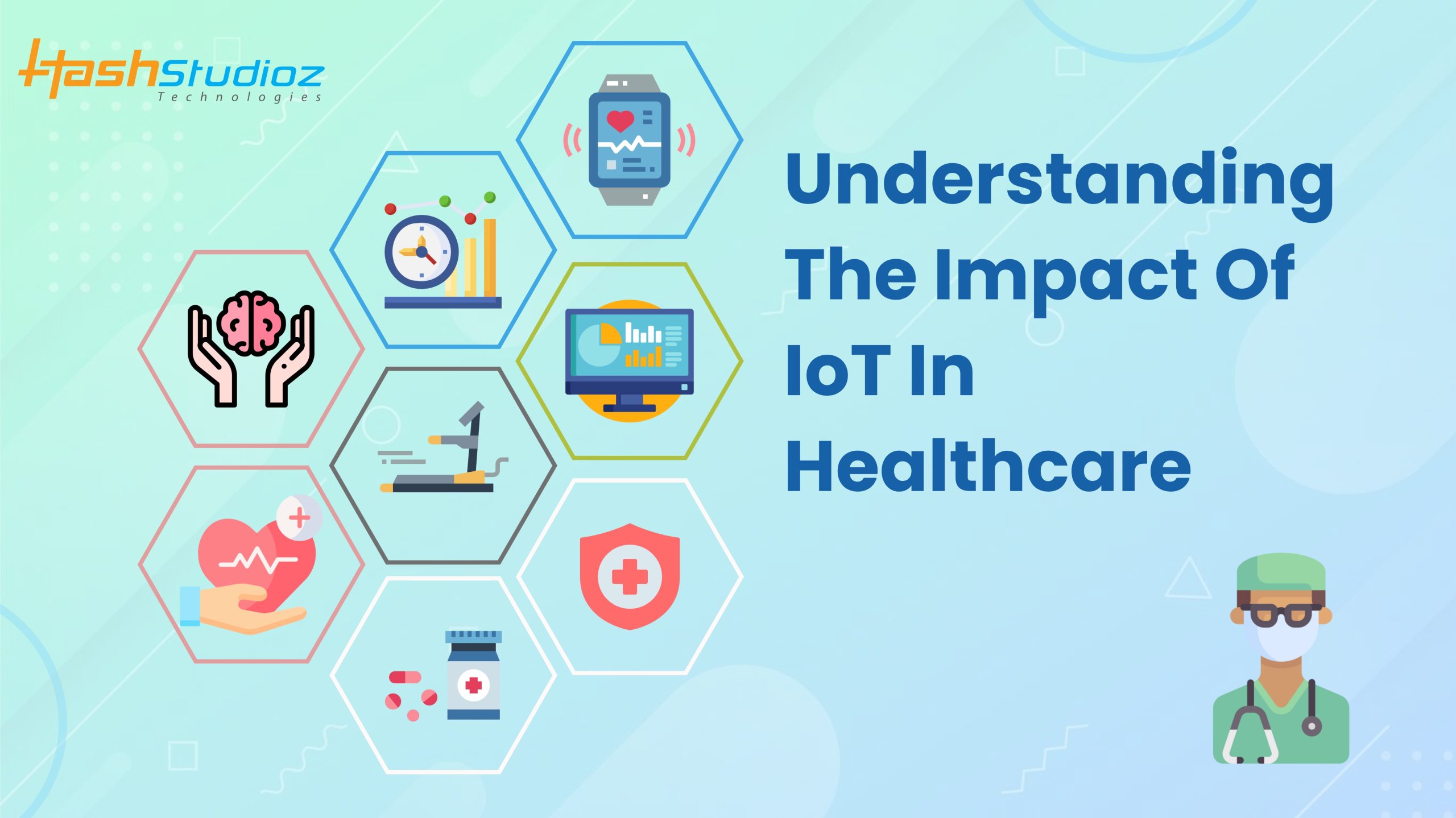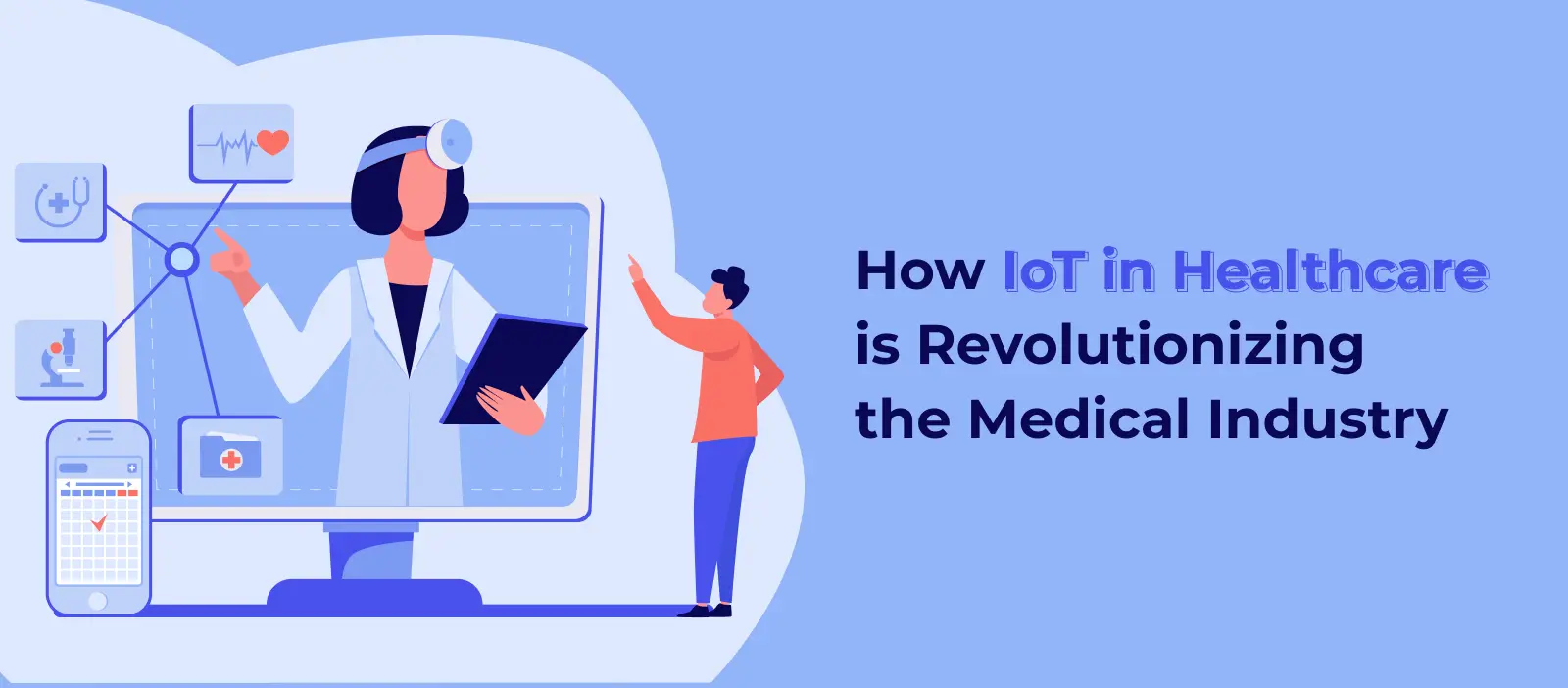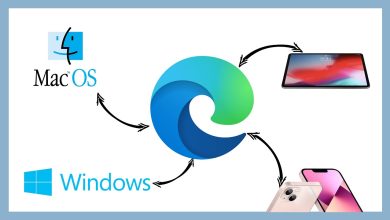IoT for Preventative Healthcare

Introduction: Understanding IoT in Healthcare
The Internet of Things (IoT) is revolutionizing many industries, including healthcare. IoT refers to interconnected devices that communicate over the internet. In healthcare, IoT devices collect and analyze patient data. This technology can greatly enhance preventative healthcare, helping individuals stay healthy and detect issues early. In this article, we will explore how IoT is transforming preventative healthcare and its benefits.
What is Preventative Healthcare?
Preventative healthcare focuses on preventing diseases before they occur. It involves regular check-ups, screenings, and lifestyle changes. The goal is to maintain good health and detect potential health issues early. By using IoT, healthcare providers can monitor patients continuously. This proactive approach helps to catch problems before they become severe.

IoT Devices in Preventative Healthcare
Numerous IoT devices are currently used in preventative healthcare. These devices collect valuable health data. They help both patients and healthcare providers make informed decisions.
1. Wearable Devices
Wearable devices are one of the most popular IoT technologies in healthcare. Examples include fitness trackers and smartwatches. These devices monitor various health metrics, such as:
- Heart rate
- Sleep patterns
- Physical activity levels
By tracking these metrics, wearables provide insights into a person’s health. For example, if a wearer’s heart rate spikes unexpectedly, they can consult a doctor. This data allows for early intervention.
2. Smart Home Devices
Smart home devices also play a crucial role in preventative healthcare. Devices like smart scales and blood pressure monitors allow users to track their health from home. These devices sync with mobile apps, enabling patients to monitor their progress over time. For instance, a smart scale can track weight changes and send alerts if significant fluctuations occur.
3. Remote Monitoring Systems
Remote monitoring systems enable healthcare providers to monitor patients from afar. These systems are particularly beneficial for individuals with chronic conditions. They provide continuous data on a patient’s health, reducing the need for frequent hospital visits. This technology allows for early detection of complications. For instance, a diabetic patient can use a remote monitoring system to track their blood sugar levels. If the levels are out of range, the system can alert healthcare providers.
Benefits of IoT in Preventative Healthcare
IoT devices provide numerous advantages in preventative healthcare. These benefits contribute to improved patient outcomes and lower healthcare costs.
1. Enhanced Data Collection
IoT devices collect data continuously. This data provides a comprehensive view of a patient’s health. With more data available, healthcare providers can make better decisions. They can identify trends and patterns that indicate potential health issues.
2. Improved Patient Engagement
IoT technology encourages patients to take an active role in their health. With access to real-time data, individuals can monitor their health conditions more closely. This engagement empowers patients to make informed lifestyle choices. For example, if a patient sees that their physical activity levels are low, they may be motivated to exercise more.
3. Timely Interventions
With continuous monitoring, healthcare providers can identify issues early. This timely intervention can prevent complications and reduce hospital visits. For instance, if a patient’s vital signs indicate distress, healthcare providers can intervene before a serious condition develops. This proactive approach can save lives and reduce healthcare costs.
4. Personalized Healthcare
IoT technology allows for personalized healthcare plans. By analyzing data from various devices, healthcare providers can tailor interventions to meet individual needs. For example, if a patient has a specific health condition, the provider can develop a customized plan that includes lifestyle changes, medication adjustments, and regular check-ups.
Challenges in Implementing IoT for Preventative Healthcare
While IoT offers many benefits, it also presents challenges. Addressing these challenges is essential for successful implementation.
1. Data Privacy and Security
IoT devices collect sensitive health data. This data must be protected to ensure patient privacy. Cybersecurity threats are a significant concern in healthcare. If data is compromised, it can lead to serious consequences. Healthcare providers must implement robust security measures to protect patient information.
2. Integration with Existing Systems
Integrating IoT devices with existing healthcare systems can be challenging. Many healthcare providers use legacy systems that may not support IoT technology. Ensuring compatibility is crucial for smooth operations. This integration requires investment and planning to avoid disruptions in patient care.
3. Cost of Implementation
The initial cost of implementing IoT technology can be high. Healthcare providers must invest in devices, software, and infrastructure. Smaller practices may find it challenging to afford these investments. However, the long-term benefits often outweigh the initial costs, leading to improved patient outcomes and reduced expenses.

Future Trends in IoT and Preventative Healthcare
The future of IoT in preventative healthcare looks promising. As technology evolves, we can expect to see new innovations and trends.
1. Advanced Analytics and AI
The integration of advanced analytics and artificial intelligence (AI) will enhance IoT capabilities. These technologies can analyze vast amounts of health data quickly. They can identify trends and provide insights that may not be apparent through manual analysis. AI can also predict potential health issues, allowing for proactive interventions.
2. Increased Focus on Patient-Centric Care
The focus on patient-centric care will continue to grow. IoT devices will empower patients to take control of their health. This shift will encourage collaboration between patients and healthcare providers. As patients engage more in their healthcare journey, overall health outcomes will improve.
3. Expanded Use of Telehealth
The COVID-19 pandemic accelerated the adoption of telehealth. IoT technology will continue to play a significant role in telehealth services. Patients will be able to receive remote consultations and continuous monitoring through IoT devices. This convenience will improve access to healthcare, particularly for individuals in rural areas.
Conclusion: Embracing IoT for Better Health
The Internet of Things is transforming preventative healthcare. By utilizing IoT devices, patients and healthcare providers can work together to monitor health and prevent issues. The benefits are significant, including enhanced data collection, improved patient engagement, and timely interventions. While challenges exist, addressing them will pave the way for a healthier future. Embracing IoT technology will ultimately lead to better health outcomes for individuals and communities.




